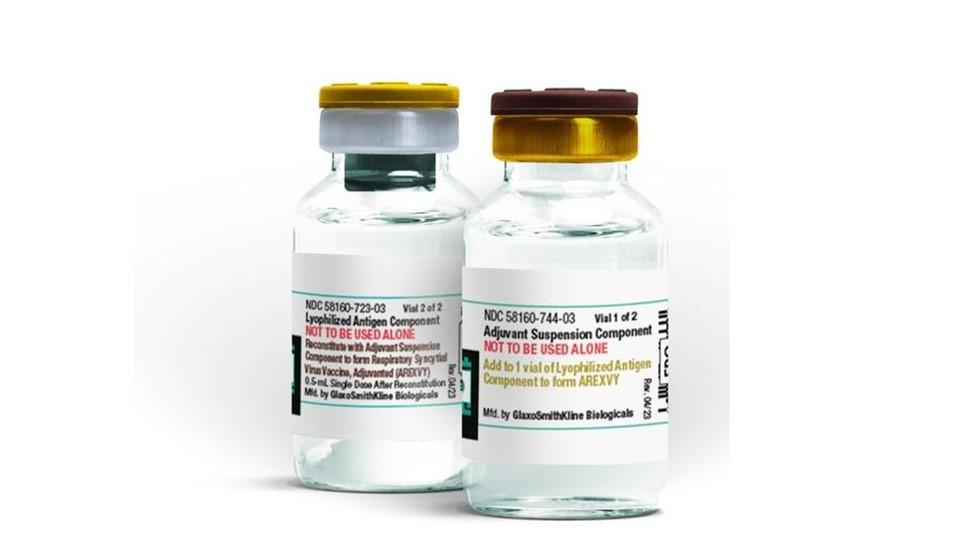Putting the case for regenerative medicine

Stem cell research always courts controversy and an application by the International Stem Cell Corporation (ISCC) for two UK patents for the creation of synthetic cornea from retinal stem cells has brought the issues back into the spotlight. What are the pros and cons?
Nowadays, it is rare that innovation is the result of an urgent requirement for something that needs to be satisfied. In this modern age, innovation is often much more about how we can make our lives easier, either professionally or personally, in a cost- or time-saving capacity rather than out of necessity.
The difficulty comes when innovation hits certain barriers created by ethics and the law. It is these barriers with which scientists struggle on a daily basis, particularly those in the life sciences sector as stem cell research finds itself under the legal microscope.
Breaking barriers
The Biotechnology Directive (the 'Directive') was created to deal with the legal issues created by patents involving innovative technology being submitted to national patent offices. Recital 3 to the Directive states that one of the purposes of the Directive was the effective and harmonised protection of biotechnological inventions throughout EU Member States (through patentability), in order to maintain and encourage investment in the field of biotechnology. The Directive sought to deal with the more advanced areas of bioscience, such as genetic engineering and gene therapy. The trouble with this was that, when debating the Directive, no one could have seen the skeleton in the cupboard: stem cell technology.
It was not until 2011 that the disparity between stem cell research and patent protection was highlighted in the case of Brüstle v Greenpeace. The case went all the way to the European Court of Justice (ECJ), which decided that not only was any fertilised human ovum incapable of patentability, but so was any unfertilised ovum in which the artificial process of cell division had commenced the development into a human being. In short, this meant that any patent that involved any form of stem cell derived from human ova (whether fertilised or not) capable of commencing the process of the development of a human being was excluded from patentability in the EU.
Although the Directive was meant to support the protection of biotechnological inventions in the EU through the legal protection of the patent system, it was, in fact, creating a barrier to this protection for certain technologies, which had been an ethical dilemma for the ECJ. Without patent protection, there was deep concern for the life sciences industry in the EU and, in particular, that funding for research would be constrained and top stem cell scientists would move to more protective jurisdictions, such as the US and China to complete their work.
The revolution continues
Despite the decision in Brüstle, stem cell research and its fight for patent protection continued. Enter the case of International Stem Cell Corporation (ISCC) v Comptroller General of Patents. In brief, ISCC applied for two UK patents for stem cell research concerning the creation of synthetic cornea from retinal stem cells. ISCC argued that their patents were different from those in Brüstle. The research they sought to patent used pluripotent stem cells isolated from parthenotes derived through the process of 'parthenogenesis'. The parthenotes used by ISCC were incapable of development into a viable human being and ISCC argued that their research should therefore not be excluded from patentability. The question was referred to the ECJ (again) and we await the ECJ's conclusion. But what else could be done?
The stem cell conundrum
Stem cells have the potential to revolutionise the treatment of human disease. Due to their capacity to differentiate into almost any type of adult cell, human stem cells open the door to a wide variety of new therapies and other medical applications. For instance, cardiac muscles could be used to alleviate ischaemic heart disease, pancreatic islet cells to treat diabetes, liver cells to treat hepatitis and neural cells for degenerative brain diseases such as Parkinson's. We only have to look at the recent case of Darek Fidyka, a man who was completely paralysed from the waist down who is now able to walk again after a British-funded surgical breakthrough using his own cells, to see how important cellular research and regenerative medicine is to the future of global healthcare.
The ISCC case asks similar ethical, legal and scientific questions to those in Brüstle. However, the basic rule remains the same, that there is a clear commercial and medical argument to patent embryonic stem cell research, but all with a deep respect and acceptance that the sanctity of human life is paramount and needs to be protected. As a result, any technology which involves manipulation of a natural process has to be confined within strict rules and this is why the ECJ has been asked for its opinion; an opinion that all EU Member States will have to respect and adhere to, no matter the impact – good or bad.
The ECJ has, in turn, asked Member States for their opinions on the case, which, for the UK, have been submitted by the UK Government. This submission would have been partly based on a consultation held by the Intellectual Property Office (IPO) which asked industry, scientists and the general public their opinions on the case. As part of this consultation process, the Stem Cell Consortium (SCC) was established. This was a group of individuals and organisations from industry, academia, legal and scientific backgrounds. The SCC submitted a response to the IPO fighting in favour of patentability in the ISCC case and supporting ethical embryonic stem cell research in the EU through patent protection.
A powerful opinion
Even though the case was referred to the ECJ over a year ago, the ECJ has yet to publish its opinion and the British Government refused to provide its observations on the case. The SCC was starting to question whether this was an issue on which Europe even had a view. Did anyone have a perspective to share?
The answer has come in the form of a recent opinion from the ECJ's Advocate General (AG), Cruz Villalón. The AG said that unfertilised ova which are incapable of developing into a human being, unless genetically modified, should not be classed as organisms which are human embryos and therefore should not fall within the exclusion from patentability in Article 6(2)(c) of the Biotechnology Directive. If the ECJ were to agree with the AG, this would mean patentability for the ISCC research.
Now the ECJ has been given a chance to correct the mistakes of the past. The stakes are high here as it is often the case that a lack of patent protection leads to a lack of investment. Without investment, there is no research. The concern is that if there is a lack of investment, our scientists, and their research (including the benefit of that research) will simply go elsewhere, such as America, Asia and other countries which are actively pushing for new developments in regenerative medicine.
No one can know the impact that they have had on the debate to date, or what decision the ECJ will ultimately make, but Cruz Villalón's opinion is supportive of the ISCC patent application and that unfertilised ova which are incapable of developing into a human being, unless genetically modified, should not be classed as organisms which are human embryos and therefore should not fall within the exclusion from patentability in Article 6(2)(c) of the Biotechnology Directive. The AG's opinion in favour of patentability cannot but give renewed hope to those in the life sciences community that embryonic stem cell research in the EU will be supported and the ISCC patents granted.
Unfortunately, only time, and the ECJ, will tell what the outcome will be, so watch this space.
About the author:
Laura Barrell is a solicitor and member of the life sciences and healthcare section at Matthew Arnold & Baldwin LLP. She was supported in writing this article by Paul Gershlick, partner and head of the pharmaceuticals and life sciences team at Matthew Arnold & Baldwin LLP. Laura can be contacted via Email: Laura.Barrell@mablaw.com
http://www.mablaw.com/category/sectors/life-sciences-and-healthcare/
Have your say: Should the ECJ rule in favour of the ISCC?
Read more from Matthew Arnold & Baldwin:











